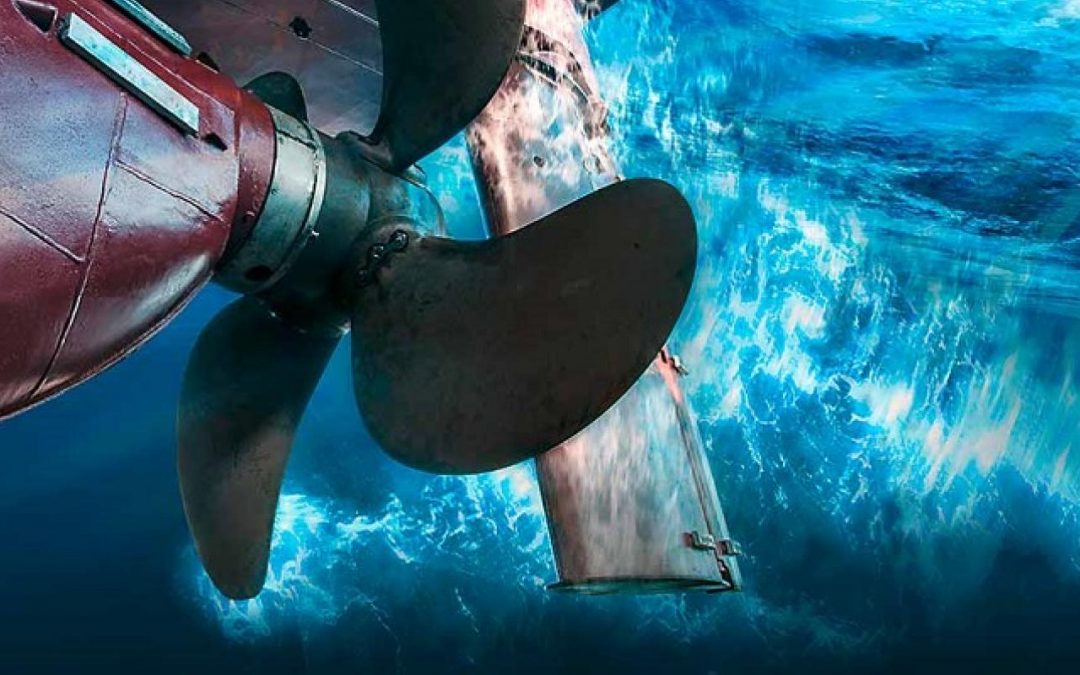The future of maritime audits and inspections will include a hybrid blend of remote digital verification and on-site verifications, according to classification society DNV.
Speaking at Crew Connect Europe as part of Maritime Online Series, Georg Smefjell, Group Leader Maritime Management Systems at DNV, said an approach combining the two methods could unlock optimisations by harnessing the potential of digital tools and humans alike.
“The Covid-19 situation impacted us as well as the rest of the industry and we had to figure out a way to deliver on what is needed when it comes to verification. Since March of last year, we have performed 130 remote company audits and 90 remote shipboard audits and this number is increasing,” said Smefjell.
Customers, surveyors and auditors were positive in their feedback, although challenges remain in relationships between people and between people and machines, said Smefjell.
“We have no doubt that in order to make use of digital solutions, we need to harness the human potential… the main potential for digital solutions—for digital verification, for optimization of operations—will be with people involved,” said Smefjell. Making the most of new tools will mean keeping seafarers and staff ashore involved in establishing and proving new solutions, with trust and confidence fostered in both directions, he added.
“The old system of hunting for confirmation, looking for deficiencies, deviations, that type of thing will belong to the past. We believe that in the future, we will set focus where it matters based on the partnership, based on our ability to have performance indicators that are shared, that are visible, that are trusted, and our ability to target those against the requirements,” said Smefjell.
Processing and analysing information may require sending data ashore, but the key is ensuring tasks are carried out where it is most effective to do so, whether it be onboard or ashore.
The new normal will require trust and confidence in information and partners, with shared goals and objectives. International regulations will be key. “And then we need to find and identify performance indicators that are effective so that interested parties, especially the stakeholders that we have, whether they are flag states and port states on the enforcement sides, or whether they are cargo owners, vetting companies, customers of different kinds on the other side – then the new normal is dependent on our ability to harvest, tag, analyze, share and utilize this information,” said Smefjell.
Ongoing discussions at IMO, IACS and ILO will establish future acceptance of digital verification. The effectiveness of risk-based certification will rely on the industry’s ability to share information on performance both positive and negative, said Smefjell.
“We believe that the new normal is going to be a hybrid solution, with digital remote and on-site verification. This will depend on partnerships in handling roles and meeting objectives, our ability to access trusted and effective information, and the ability to harvest and tag indicators versus requirements. Digital verification off-site and targeted verification on-site will be our goal,” said Smefjell.
Source: Seatrade Maritime






